Thanks to Fujifilm India, I got my hands around the Fujifilm GFX 100 for a few days. I am already a GFX 50R user so had a few lenses to test it with. I was also pretty familiar with the Menu Layout of the GFX series.
When you see cameras like the Fuji GFX 100 you wonder what is left in this world to pack inside a camera. Yes, this one has it all!
Each RAW file is about 200 MB. Now that calls for amazing processing speed inside camera. It also means that you need to have a powerful system to edit quickly and loads of storage space. So before you get this camera make sure you upgrade your processing and storage options.
For starters, it has got a whopping 102 megapixels. That’s detail like you’ve never seen before. You can enlarge your picture a 100% and still see insane amount of details. You can crop to that view and still be left with a good size print with amazing details. Well, let me tell you that you need a lot of patience and skill to retouch and edit these pictures.
If you are a portrait photographer like me and if the makeup and the skin of the model are not flawless then you’ll have a lot on your hands post the shoot. To overcome this problem the GFX 100 has a ‘smooth skin’ mode and you can set it to different levels to somewhat conceal skin blemishes. To be honest, you’d be better off taking the pictures with this mode set to ‘off’ and then editing the picture yourself so as to not lose any details to the algorithm.
I shot a few portraits with The GFX 100 mounted on a Linhof Technika Large Format Camera with the help of the Fotodiox Adapter. The lens was a Schneider 210mm 5.6 and a 150mm 5.6. The blur is organic, created by tilting, swinging and shifting of the front standard.
With a sensor size of 43.8 x 32.9 mm it is a bridge between full frame and the Medium Format as represented by the likes of Hasselblad H6D 100c and Phase One IQ3, both of which have bigger sensors and cost 3X or more.
The advantage of the GFX 100 lies in the fact that it is mirrorless and thus aids a lot in mobility (well, relatively) and different shooting conditions when compared to traditional Medium Format cameras. The GFX 100 looks more like a Canon 1DX series camera. If you are a Hasselblad or Phase One user, you know why you need those systems and why the GFX is inadequate but if you are graduating into very ‘serious professional photographer’ category, need every one of those 102 megapixels and still need mobility, lesser cost, wide lens choice at reasonable cost and can live with a smaller than Hasselblad/Phase One sensor size, then look no further.
Let me straight jump into performance.
Image Quality: I am a Fuji GFX 50R user. I have used the Fuji X Pro1, XT 1 prior to the 50R. The Image Quality of the GFX 100 is stunning. The details scream at you. You can keep zooming and you will never tire. So, basically you can shoot one picture with let’s say, the 45mm lens and then get two or three variants of the same picture and make a collage without much compromise on details. Shadow/highlight recovery is very good and unless you blow the living daylights out of the highlights you can pretty much recover anything.
You are not expected to buy a $10,000 camera and mistakes in exposure but if at all you do then recovery of shadows highlights is a breeze.
The GFX 100 sensor uses a ‘backside illuminated design’. In the real world it translates to improved low light performance. The chip also uses a ‘dual gain sensor’. In the real world this should translate to less noise at higher ISOs. While not devoid of noise, the pictures at ISO 6400 are still useable but keep in mind that noise is a factor of exposure, how much you push shadows and ambient lighting conditions. Also, there would be a fall in dynamic range at high ISOs.
The Color science is excellent and the Fujifilm presets are brilliant. I personally love the Velvia, Astia and Across (with Red filter). Jpegs straight out of camera with these presets look fantastic, provided, again, you don’t make any exposure errors. You can see the output of the 50R unedited Jpegs here.
Auto Focus: This has been an area of concern for Fujifilm Mirrorless cameras forever. I remember my X Pro1 was so horrible that I actually bought a Leica 50mm Summilux and a Voigtlander 35mm 1.2 and went manual, rather than trusting the AF capabilities. Things improved with the XT1 and 2 but as I moved to the 50R I was a little less impressed. There was still some hunting and a slight back and forth movement before fixing focus (contrast detection). Continuous focusing on the 50R is untrustworthy.
As I got the GFX 100 in my hands and started using it, it almost felt the same BUT then I realized firmware of the lenses had to be updated. Once I updated the firmware the slight back and forth before fixing focus vanished (phase detection kicked in).
The Phase Detection works very well on this cam. According to Fuji ‘the algorithm makes full use of 3.76 million phase detection pixels, placed across the entire sensor’. Well, technicalities aside, the GFX 100 did perform way better (speed and nailing focus) than my 50R on single point focus, zone focus, tracking, continuous focus and pretty much all combinations. I had a friend walk in a zig zag manner and put the camera in continuous focus mode with Face/Eye detection and about 70% of the shots were in focus, even when he increased the pace of his movements.
I also shot a few pictures at a boxing school and again while the camera fixed focus quickly (struggled a bit in low light), it found it difficult to continuously keep focus on the subject. The hit rate was again around the 70% mark.
I would not take this cam to a fast sports event but you can surely shoot moving objects and get sharp pictures.
I really loved the touch focus ability but could never figure out if the camera also shoots after focusing. If there was any setting that had to be changed I could not figure it and neither were the guys in Fuji able to help. Touch focus and shoot is a great feature for candid shooting and I love the feature in my other cameras.
Image Stabilization: This is the first medium format camera to offer IBIS. I would have loved this feature in the 50R but Fuji saved it up for their flagship model. Stabilization works like a charm and I shot sharp pictures at 1/15 with this heavy camera and the 45mm 2.8 lens. Videos are also very well stabilized and hardly show any jerks with stabilization on.
With a big sensor and 102 mp, IBIS is important if you are shooting without a tripod as even very minor shakes can impact the resultant picture badly and make the image look ugly when cropped.
High ISO performance: Pictures are perfectly useable till ISO 6400, just make sure you get your exposure right and don’t have to push shadows too much. Noise is more impacted by bad exposure and will be more prominent if you crop and enlarge or oversharpen/add clarity in post etc.
FPS: The 5 FPS is just ok as processing 102mp per picture is no mean feat. I would love it if this camera could shoot 10-15 fps but that would call for an amazing amount of processing power, maybe the MK II or III would have this capability.
Flash Sync: The terrible flash sync speed of 125 continues from the GFX 50R but nothing much to complain with most good strobe systems offering hi sync speed capabilities. I use a Profoto Fuji trigger and the B10s and so have no issues going for higher shutter speeds. All the images above were lit with Profoto B10s.
Video: Although I did not do any heavy filming with the cam, the test footage looked nice on the F Log. The spec sheet is loaded in favor of this camera and while ergonomically this might not be a film makers first choice, this would certainly create some good videos. The resolution and data rates are very impressive but there is no 100/120 fps even at 1920X1080, it maxes out at 50/60 fps.
Internal recording is 4:2:0, 8 bit and with an external recorder it is 4:2:2, 10 bit.
Ergonomics: When I held the GFX 100 I remembered my Canon 1D MK IV. The dual grip design is a welcome addition if you shoot vertical compositions often. The GFX 100 weighs 1.4 kg and along with the 110mm f2 its quite a heavy proposition if you are going to hold it all day long but then I don’t see wedding photographers using this camera. If you are using it in studio then you should be having assistants, tripods and breaks to ease the carrying of the camera.
It fits very well in the hand and the buttons are all accessible easily. If you have used any Fuji mirrorless in the past it is easy to start using this camera. It took me a few hours to come to terms with the digital dial on top of the camera and make it work quickly but once you figure it out it’s a breeze.
The viewfinder is excellent and so is the 3.2” 2.3 million dots LCD which tilts 3 way. The tilt when you hold it vertical is a little odd as it does not tilt 90 degrees and does take some time to adjust to.
Menu: Pretty much every menu item has multiple options and a heavy amount of customization is available for all functions. Personally I am not much of a menu digger and I only use the essentials but if you need a lot of fine tuning for your work and are keen then this camera leaves no stones unturned.
Dual Card Slots: If it ever made sense in mirrorless cameras, it makes sense for this camera as each RAW file is about 200 MB.
Connectivity Options: The camera has plenty of options – 2.5mm Sub-Mini, 3.5mm Headphone, 3.5mm Microphone, DC Input, HDMI D (Micro), X-Sync Socket, USB Type-C (USB 3.0)
Batteries: The camera comes with 2 batteries, both of which go inside the vertical grip and it is rated to last for 800 shots. I never went that far so I cannot comment on it.
Who is this camera for, what can it be used for?
The sheer resolution makes this an amazing camera for shooting portraits, products and fashion, provided you are making enough money doing it. If your clients want details, they’ll have more than they can chew and you can see your work on giant sized billboards.
I would love to use it for weddings as it focuses faster than the 50R and has 5 FPS but the cost and resolution are an overkill for weddings. Also, while the focusing speed is good but the ‘eye/face’ detection is not a 100% reliable.
At this stage of evolution it is not fit for fast sports and the Fuji line up does not have long range tele lenses for wildlife.
It is just too big a camera for street and documentary and of course, expensive.
Conclusion: The GFX 100 is certainly a capable camera with some amazing Image Quality and details. It is targeted at a specific audience. It is a great upgrade from a full frame, if as a professional, you see yourself getting busier and bagging bigger budget shoots. It is also a good compromise from using the bulky, slow, insanely expensive Phase Ones and Hassys.
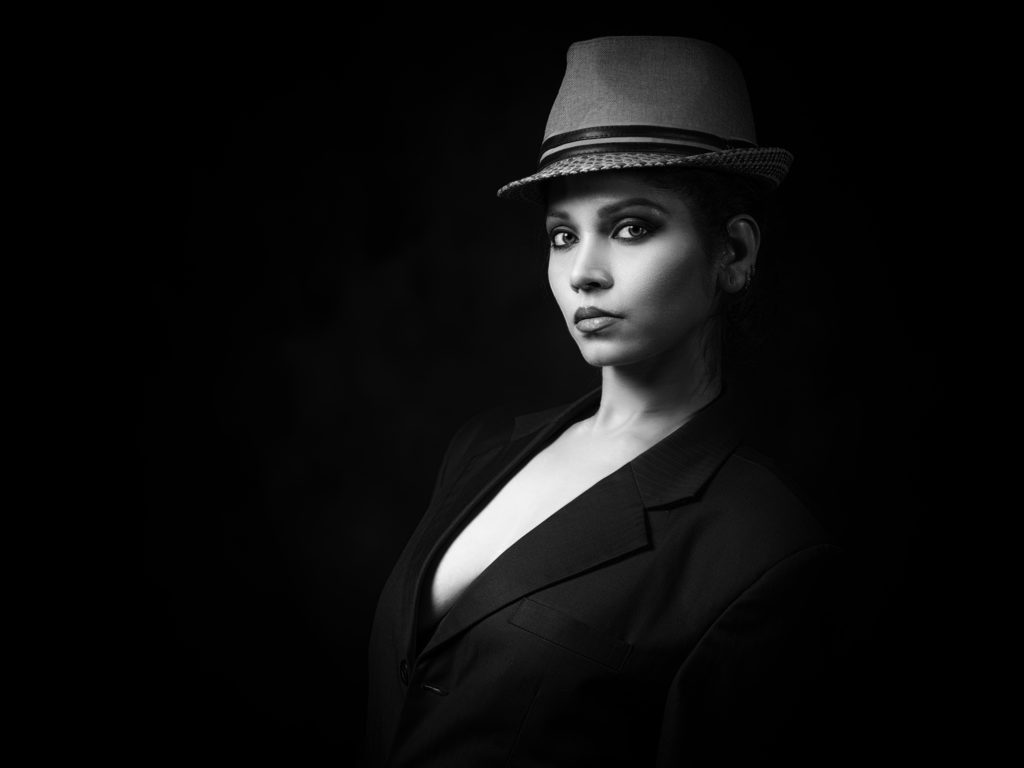
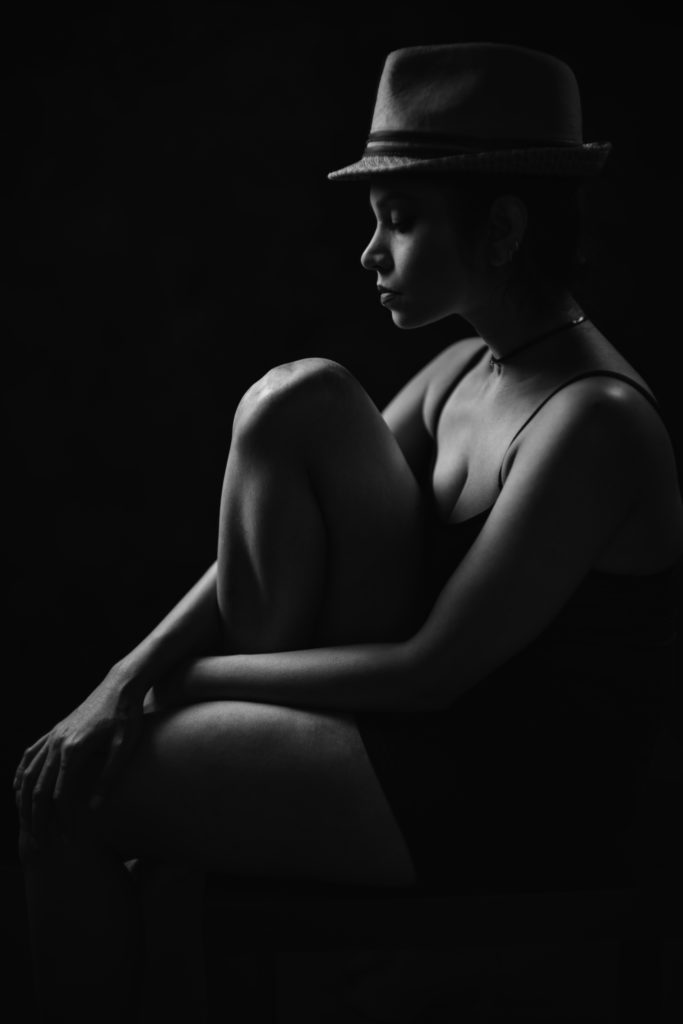
GFX 100+Leica Noctilux 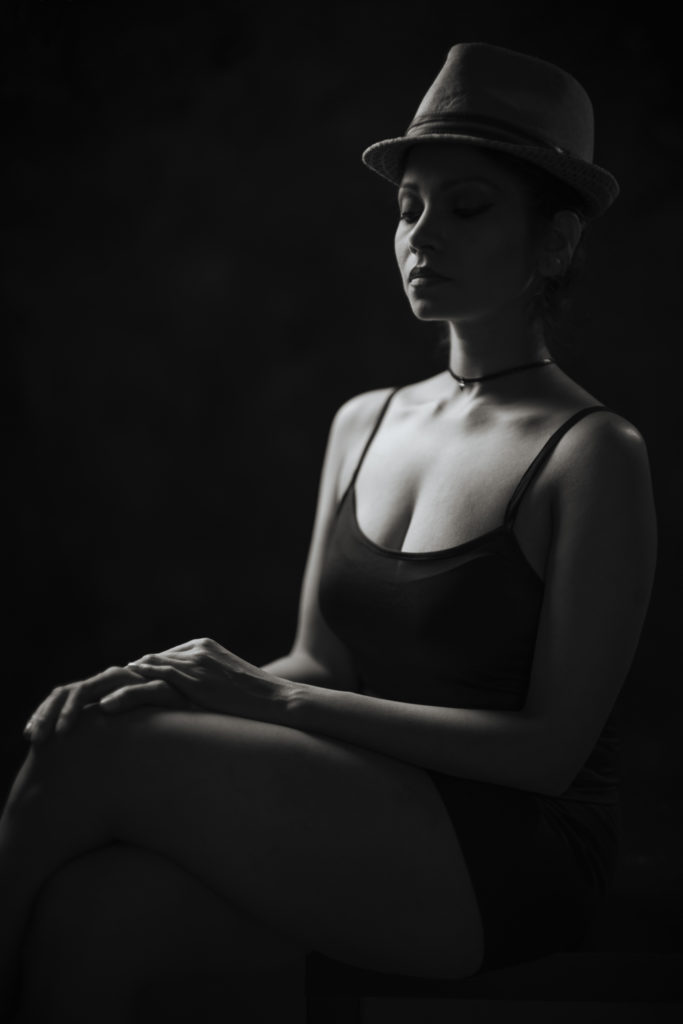
GFX 100+Leica Noctilux
See more portraits shot by us here
Leave a Reply
You must be logged in to post a comment.
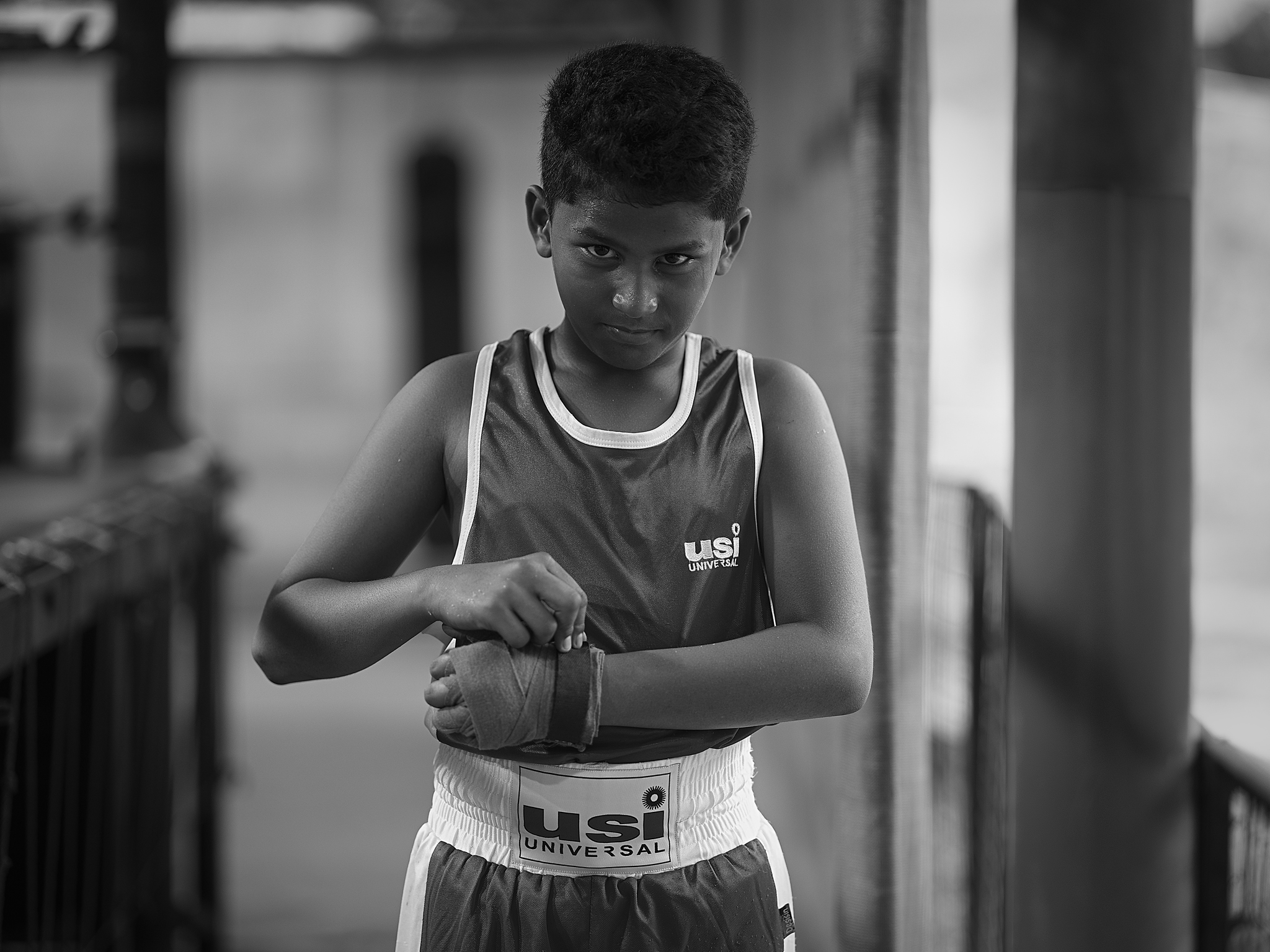


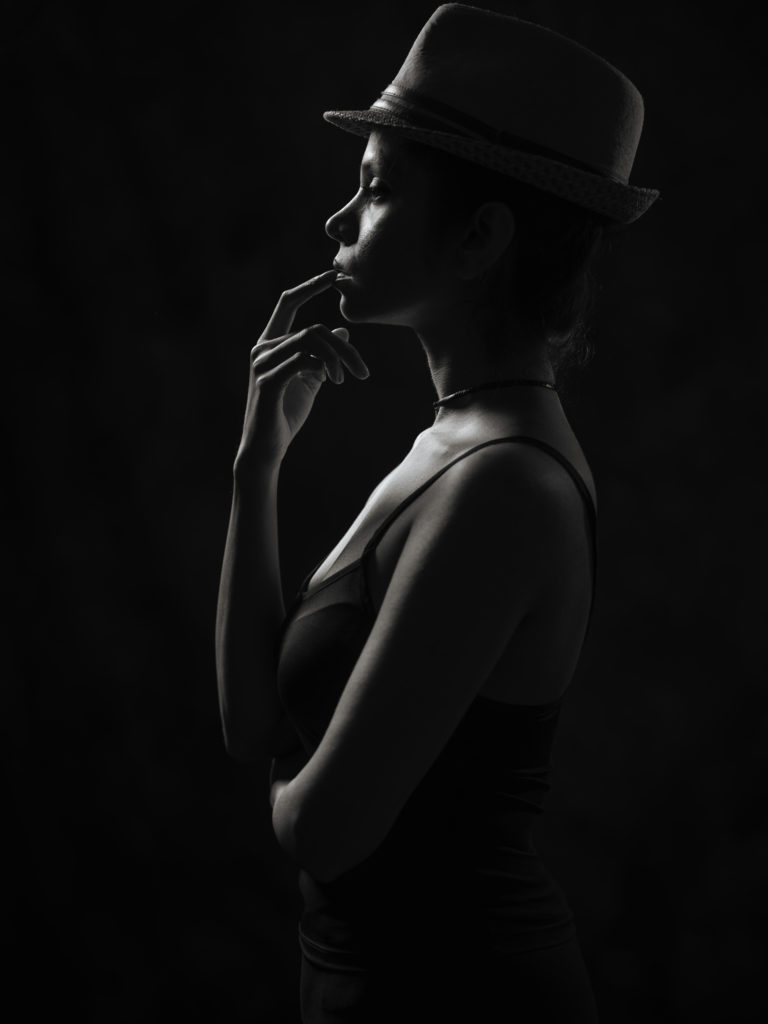



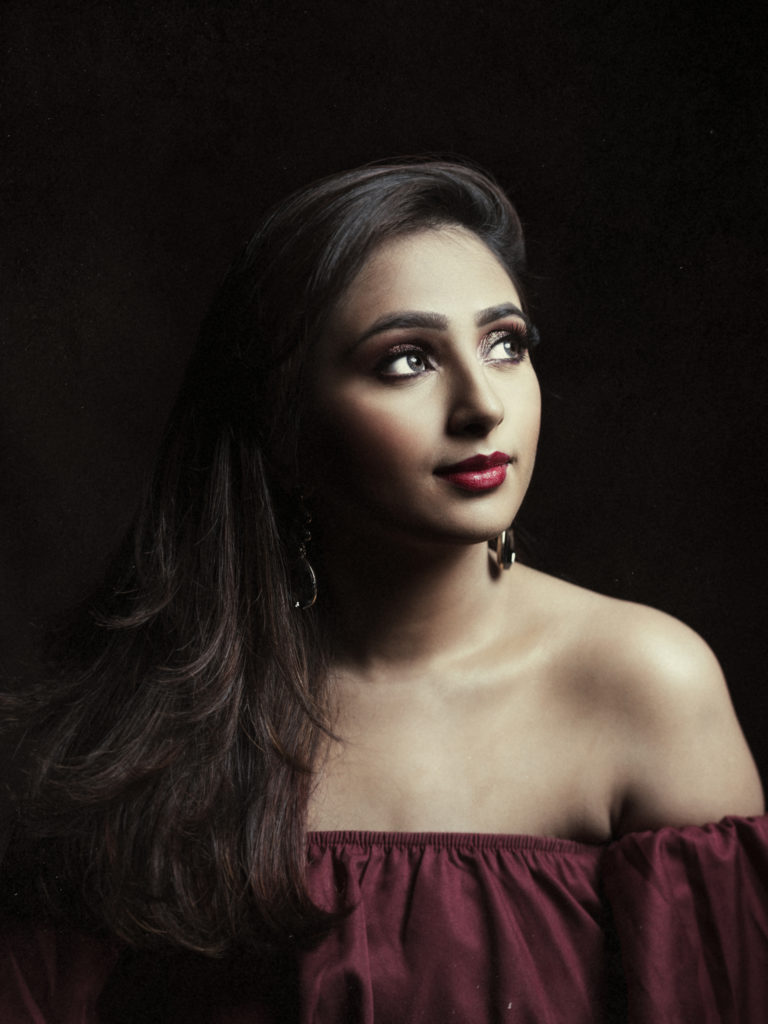

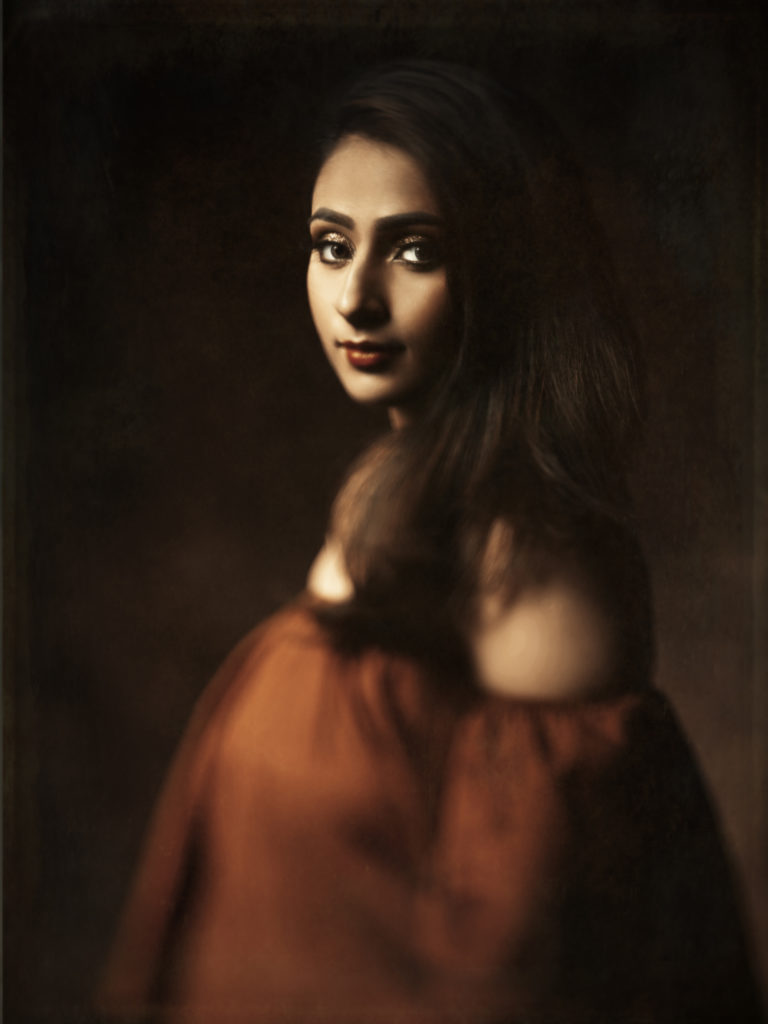

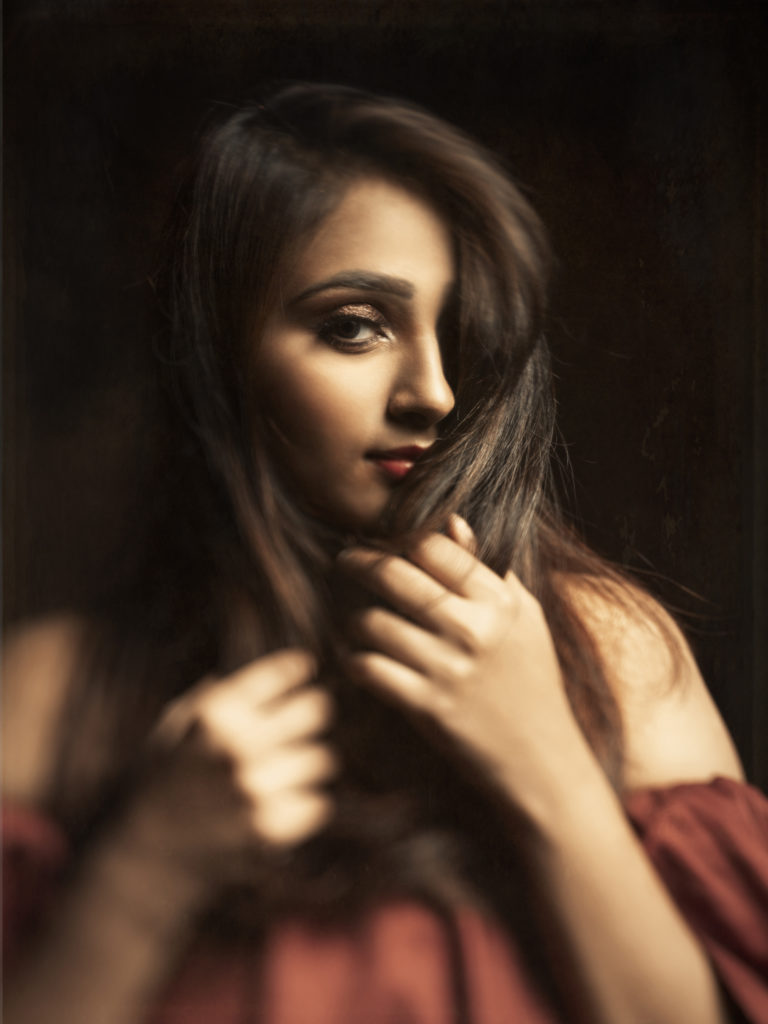
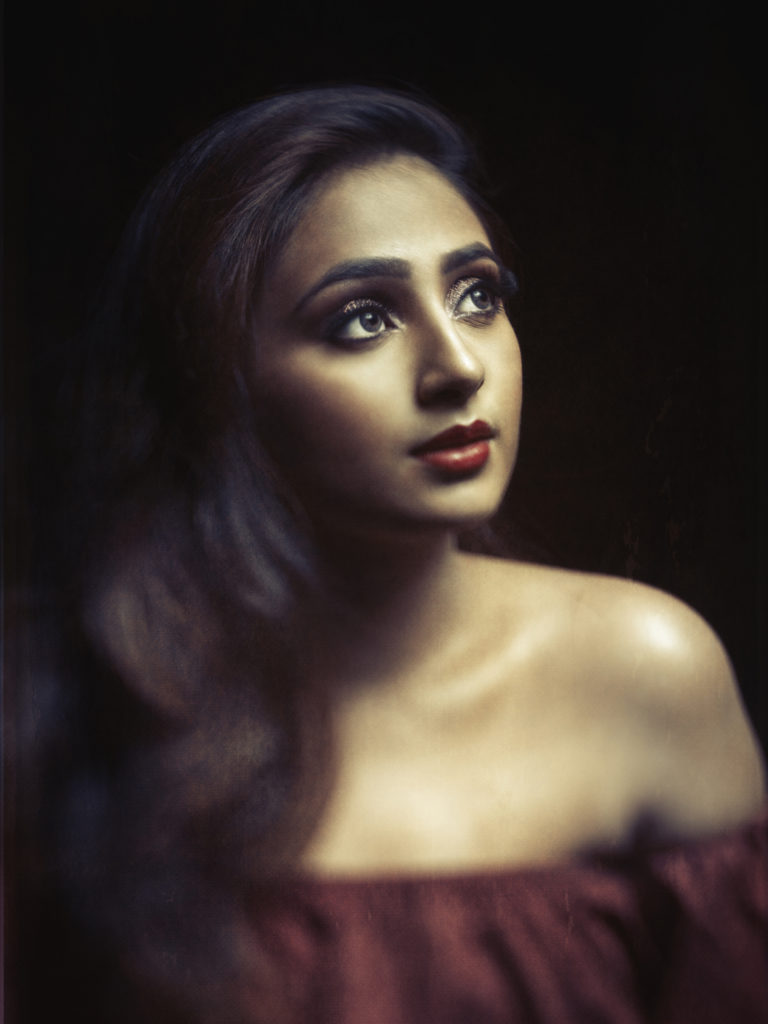
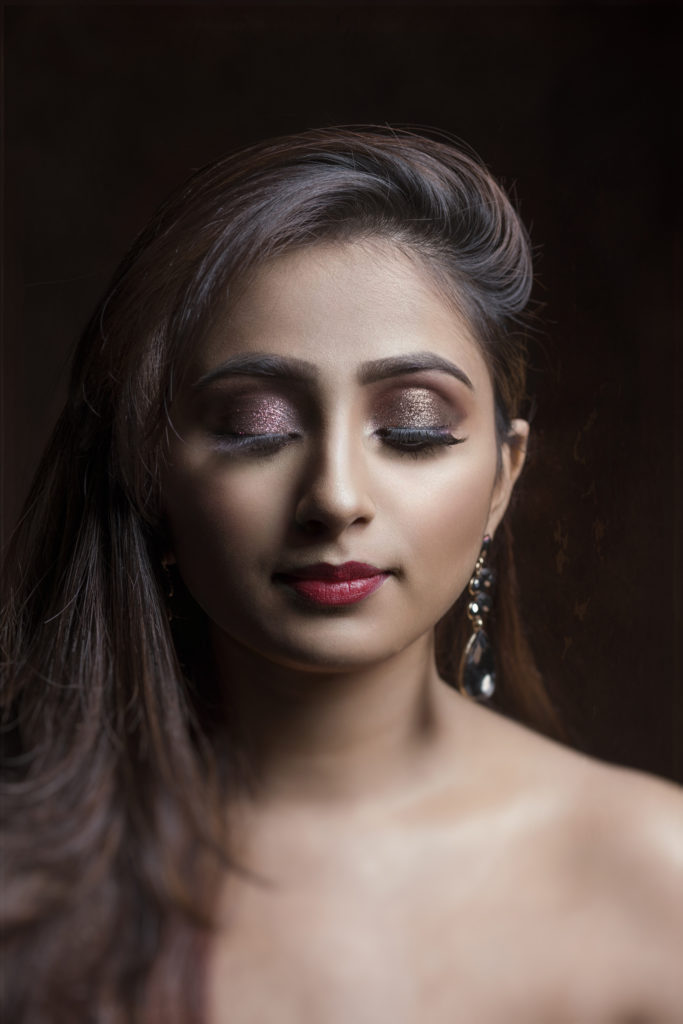



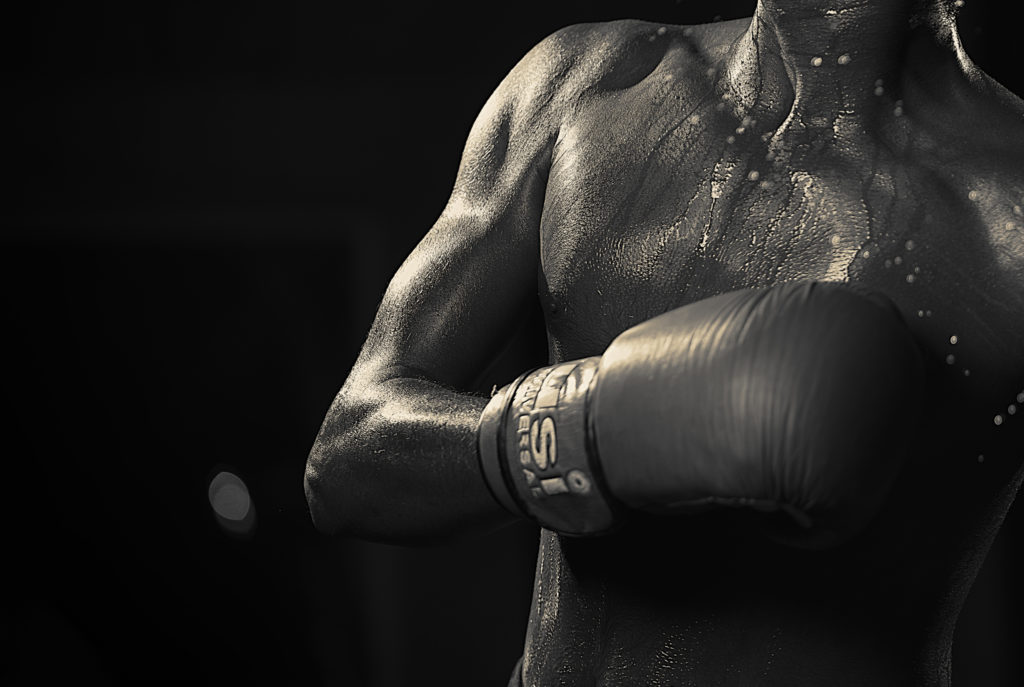
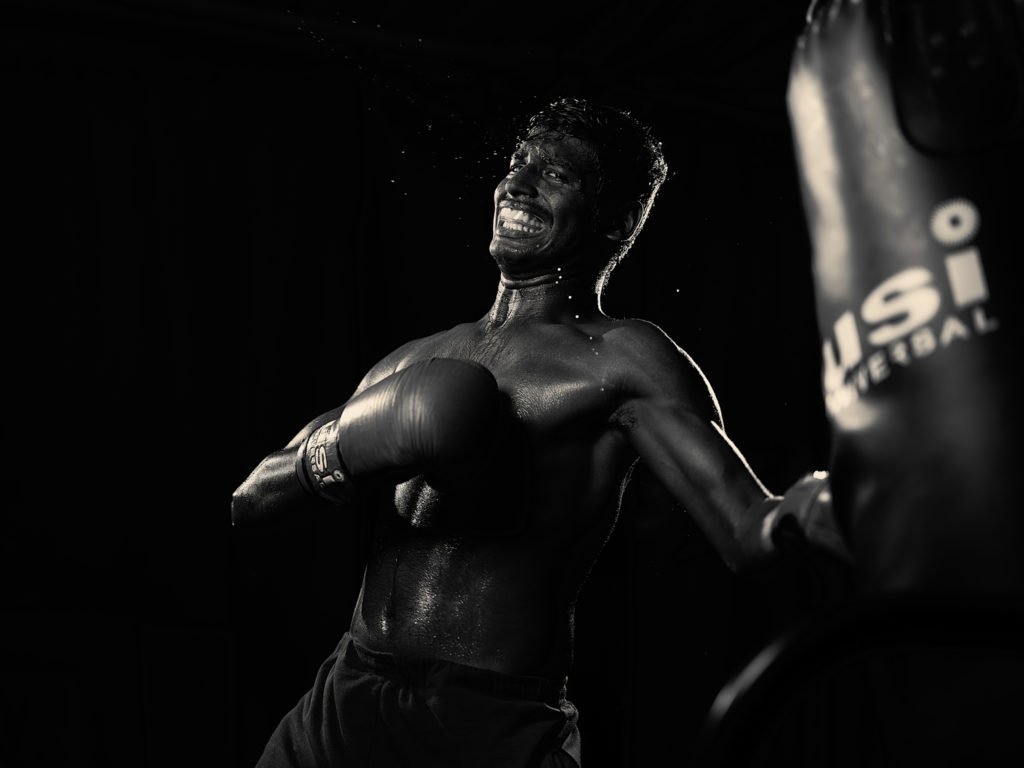
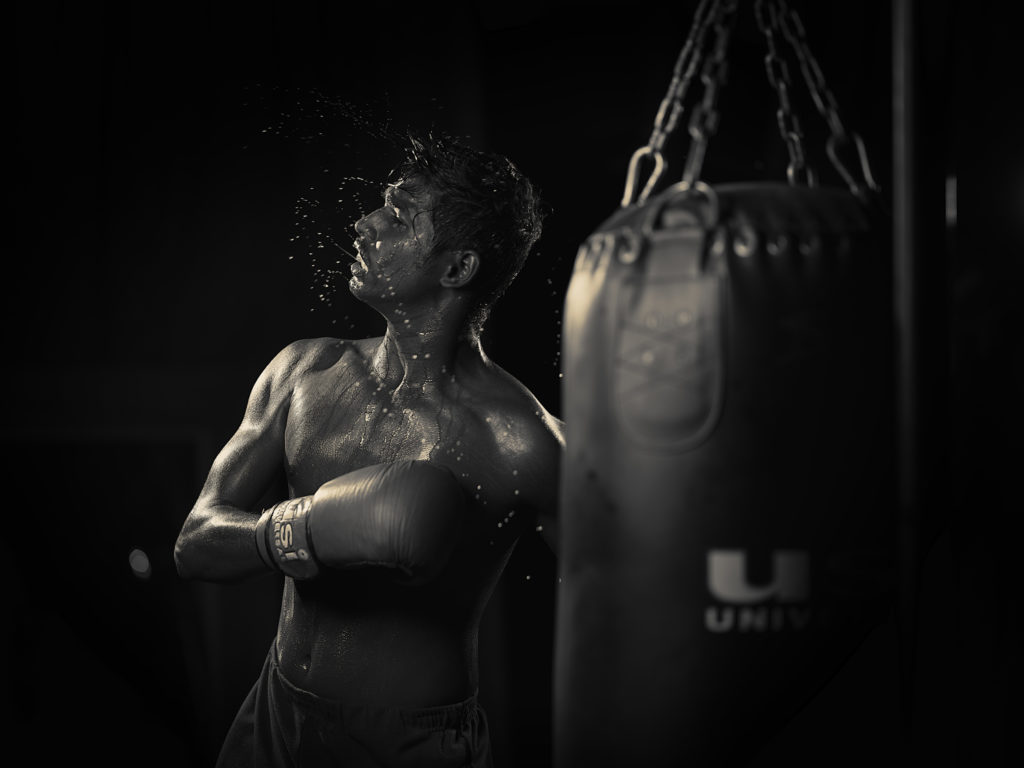
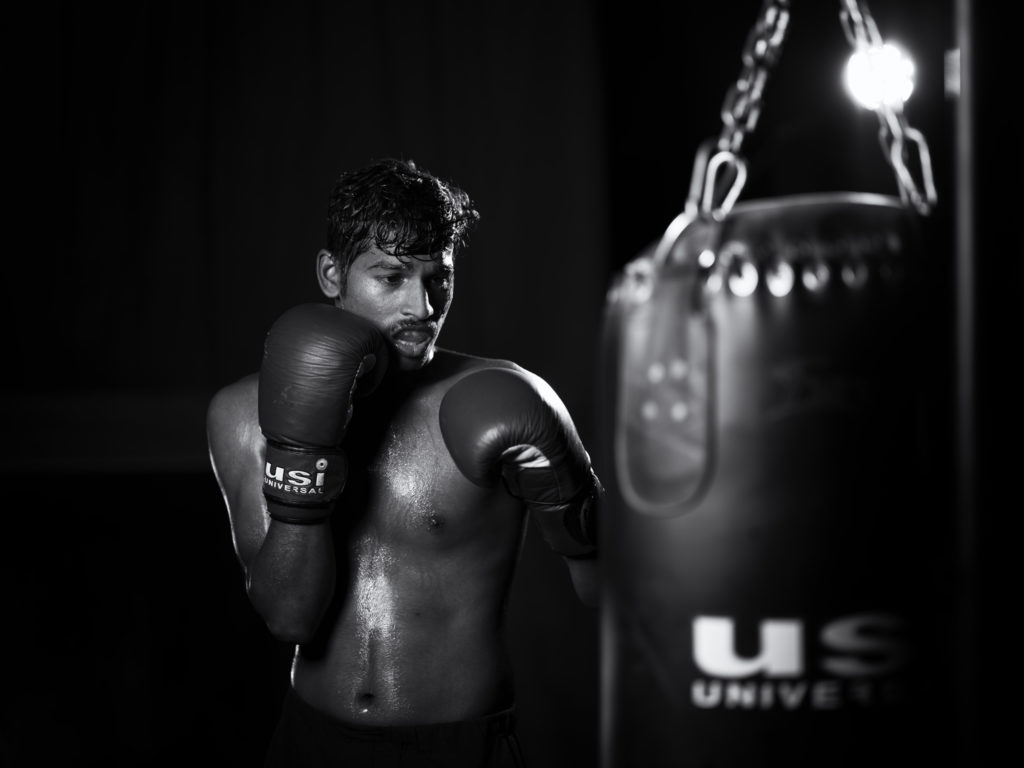
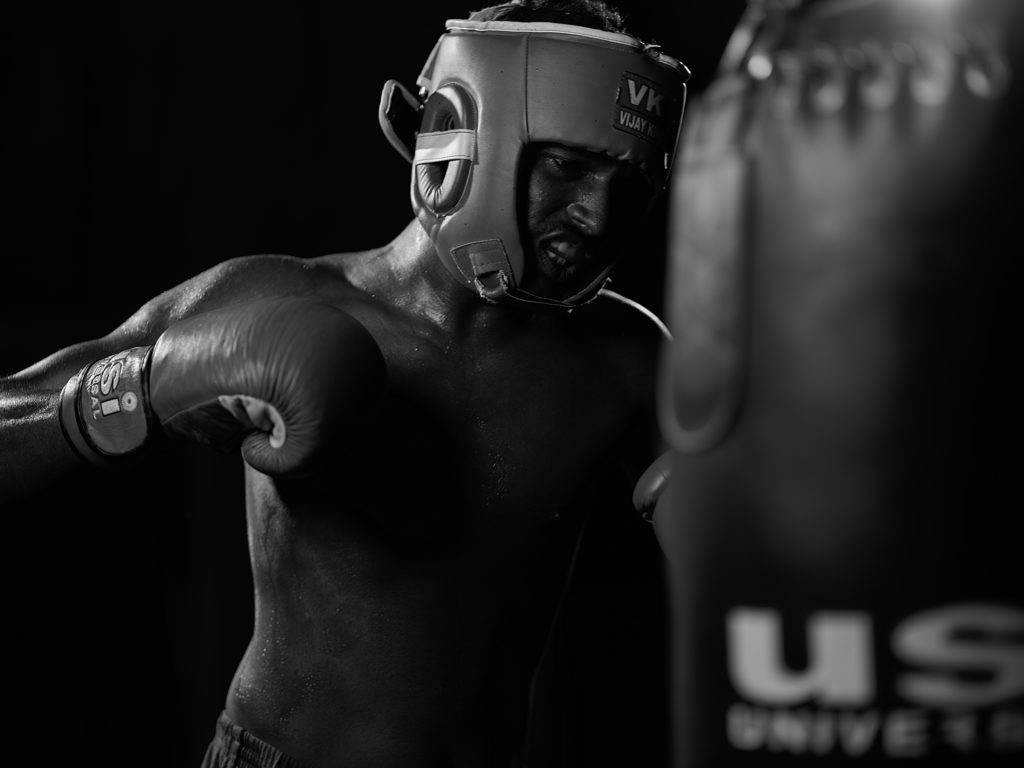

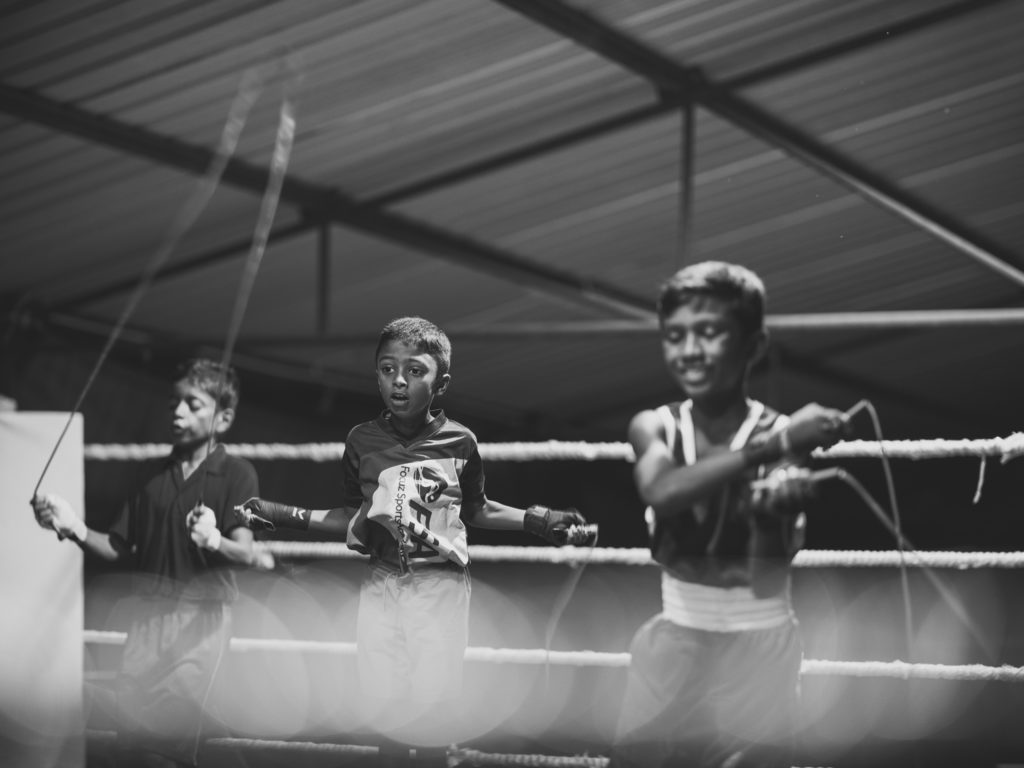
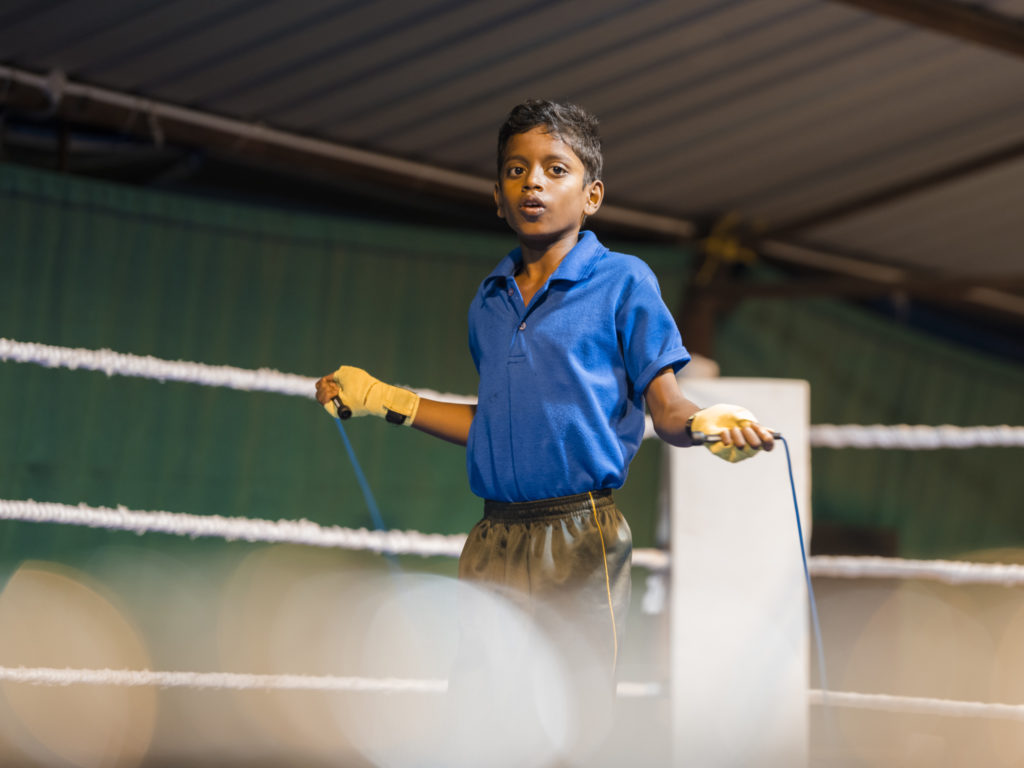
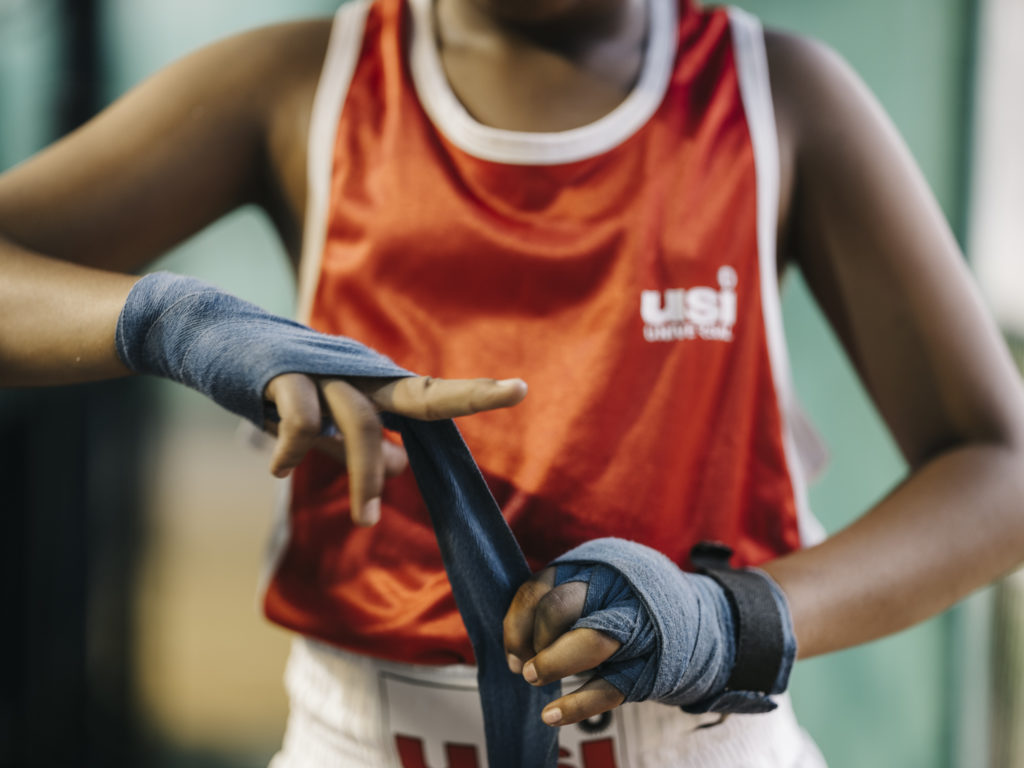
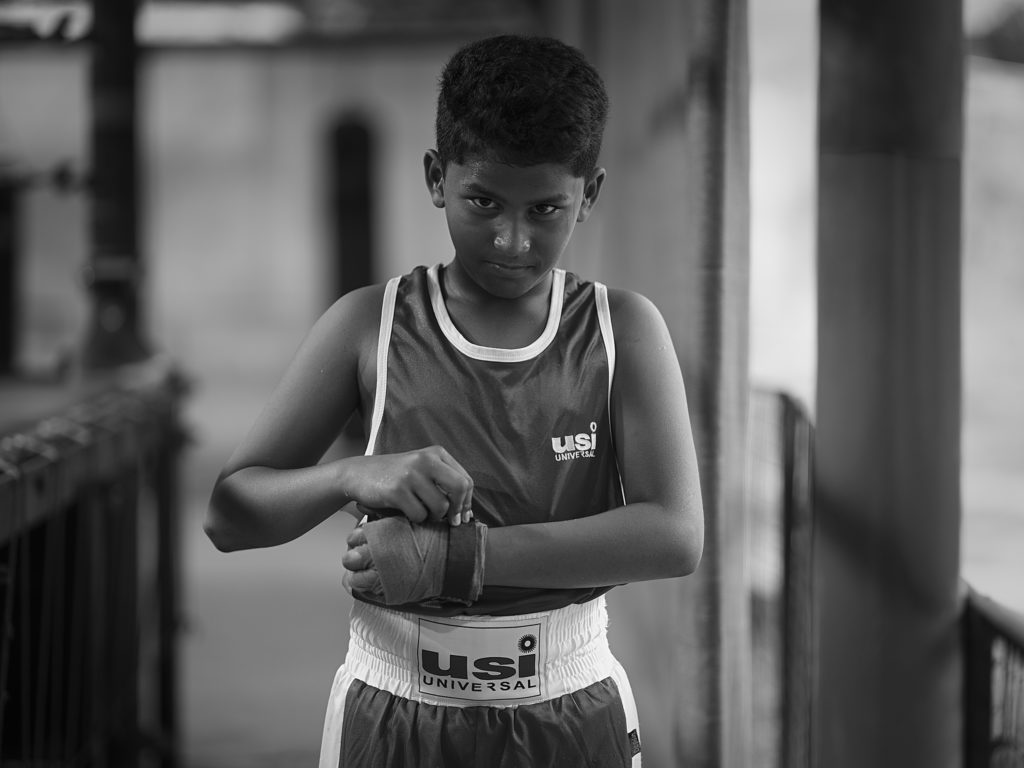
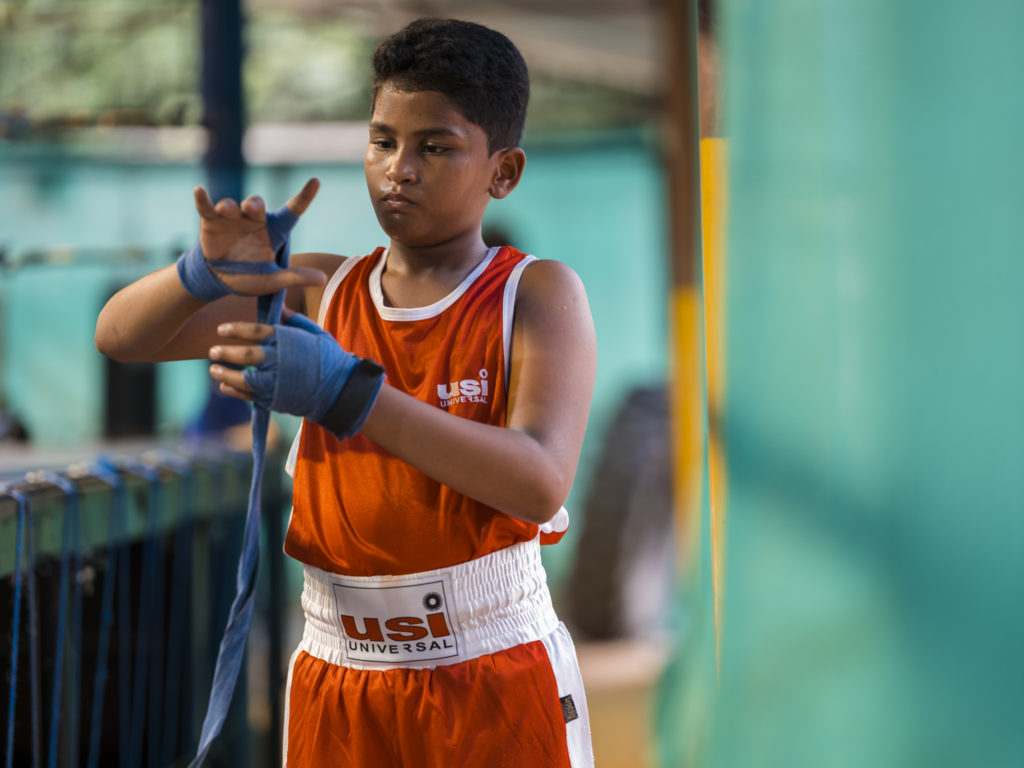
Hi, how well did it work with Leica Noctilux 0.95?
Thanks,
Obviously the DOF is almost till and there is a lot of vignetting in the edges. You might have to crop the edges off.
I can t wait to see what this 3rd round brings clomiphene antiestrogen
Hamilton Health Sciences, McMaster University, Hamilton, ON, Canada R ivermectin tablets for humans